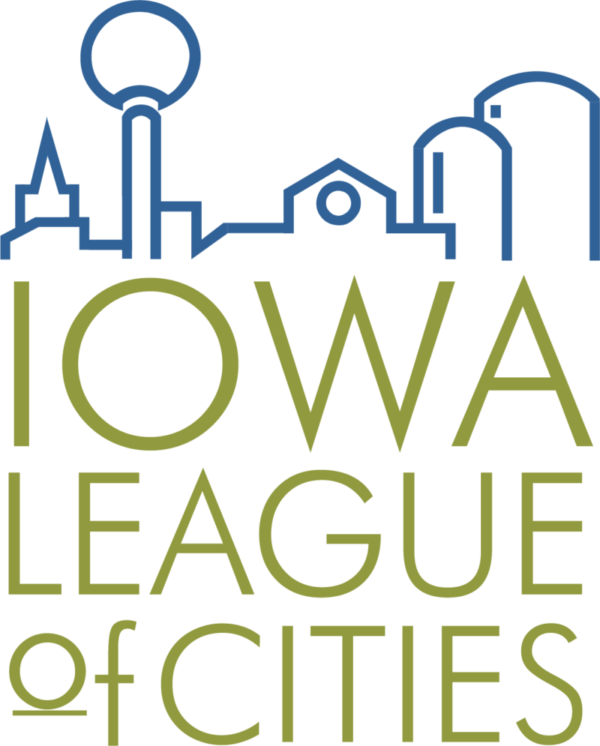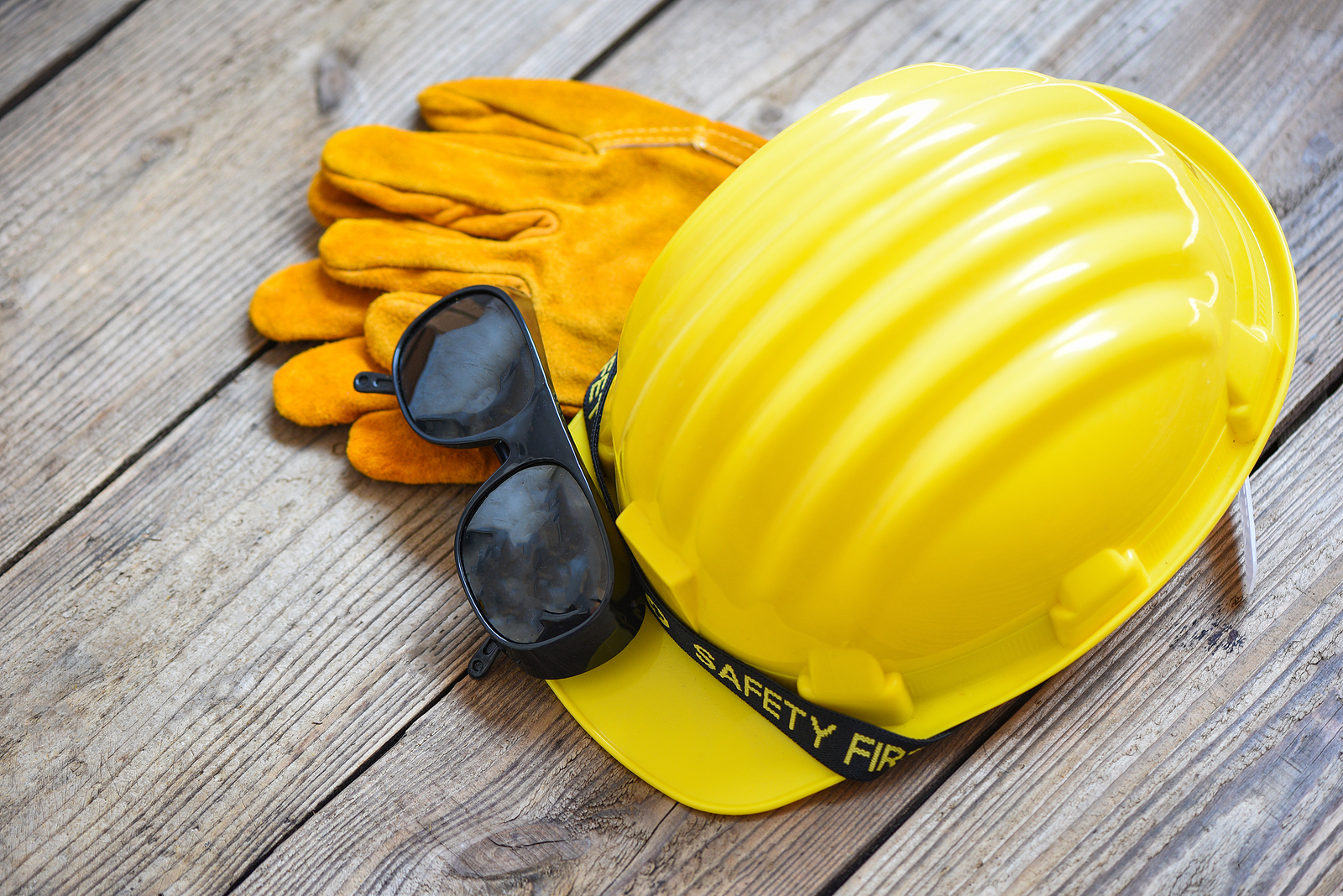| Relevant Downloads and Links | |
|---|---|
| Iowa Municipalities Workers’ Compensation Association | LINK |
Workplace safety is about preventing employee injuries and illnesses in a wide variety of work environments. It is up to both management and the workforce to ensure a safe working environment. Implementing an effective safety program should be a top priority for elected and appointed city officials. Staff should also be encouraged to report any unsafe conditions right away and be trained on how to properly respond to potential hazards in the workplace.
Laws and Jurisdiction
The Occupational Safety and Health Act of 1970 requires employers to provide their employees with working conditions that are free of known dangers. The Act created the Occupational Safety and Health Administration (OSHA), which sets and enforces protective workplace safety and health standards. OSHA also provides information, training and assistance to workers and employers. Iowa is a state-plan state, which means the state provides OSHA consultation and enforces OSHA regulations. Iowa follows federal OSHA regulations, with few exceptions. These exceptions and additional information can be obtained from the Iowa Occupational Safety and Health Enforcement.
Safety Committee
Establishing a safety committee can be a useful tool to further connect employees to the issue of workplace safety. Committees should include employees from across the organization and meet to discuss safety goals and ways to better promote safety throughout the city.
Training
It is necessary to communicate to employees the importance of workplace safety. Training should occur for all positions; while the focus tends to be on employees that work in outdoor conditions or operate heavy equipment, employers should not ignore any worksite or employee when it comes to safety training. Communicating to employees about such items as how to lift heavy items, the proper way to climb in and out of heavy equipment or how to correctly use a ladder, not only prevents injuries but also sets a tone for the organization that safety really does matter. A large portion of safety training for cities is conducted by supervisors within the organization and reinforced by all employees. Materials and onsite training courses may also be available from your workers’ compensation or other insurance providers.
Personal Protective Equipment
Doing any job right requires the right tools and equipment. Employees should be reminded about the importance of wearing the appropriate personal protective equipment. Supervisors should work with employees to determine potential hazards and what type of personal protective equipment (PPE) can be used to reduce exposures. Eye and face protection should be selected to protect against the specific hazards of flying material and dust. Hearing protection should also be provided and required to be worn when operating loud equipment. It is important to remember that the employer, not the employee, makes the decision when exposure to noise hazards exists. Safety-toed boots must also be worn when an employee is exposed to crush and cut hazards. Finally, PPE must not only be provided, but must be worn to prevent injury.






